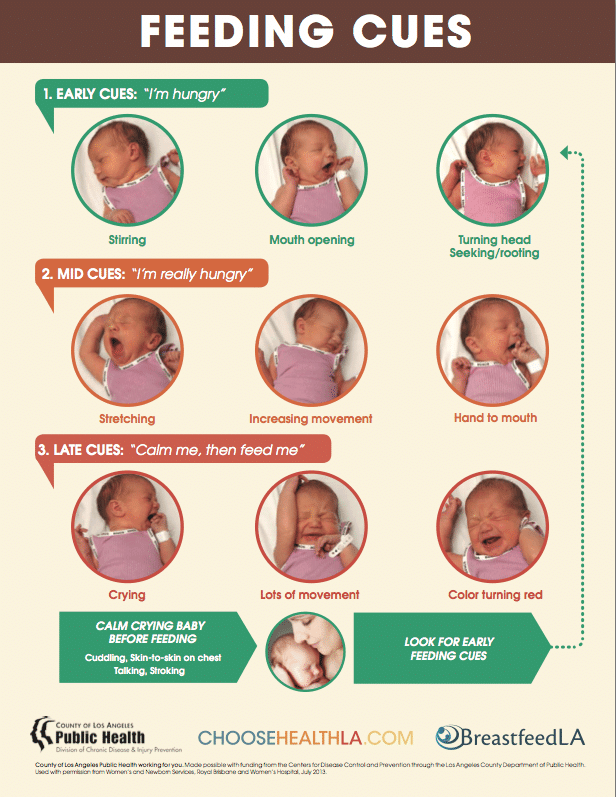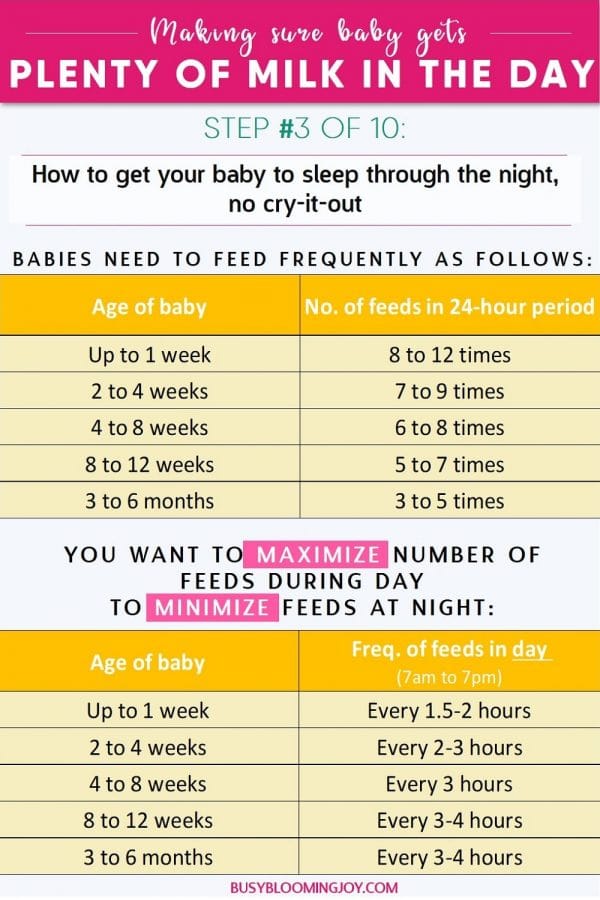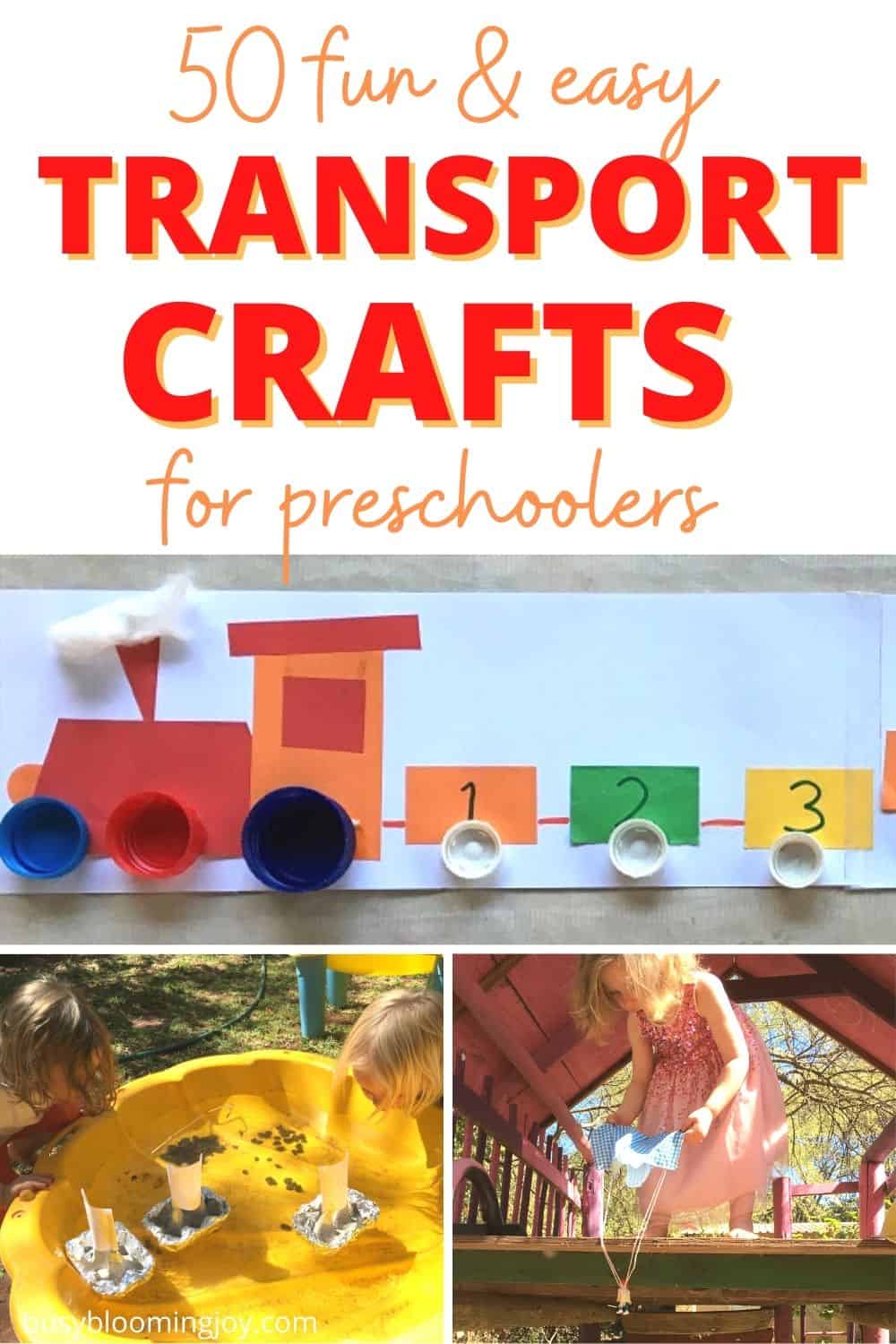When my mum had my brother and I, the advice was to use a 4-hourly newborn breastfeeding schedule. I was surprised at this and asked my mum when this started, “Surely not from day 1?” I asked. Well, like most things baby, she couldn’t remember!
Whether this 4-hourly schedule started day 1 or day 7, this is certainly not the advice these days.
Now the recommendation is to “feed on demand”. Just feed whenever your baby wants: BE LED BY YOUR BABY.
Yes, in the first few days/couple of weeks it’s absolutely necessary. (We’ll get to that in a minute).
But feeding on demand can quickly go from demanding to downright crushing.
3 minutes feeding, 20 minutes sleeping. Repeat. That was the routine that I found myself in when my firstborn was 3 weeks old.
That was all fine and dandy for him, but even only 3 weeks in, I was a little tired. Funny that.

And this is where the problem with breastfeeding on demand lies. It quickly becomes exhausting.
Exhaustion is linked to post-partum depression. Is exposing yourself to PPD helpful to your baby in the long run? It sure can’t be for you.
Guess what, I found that a loosely implemented newborn breastfeeding schedule is possible without letting your baby starve!
Halleluiah.
The milk bar can have more than 20 minutes off at a time.
It takes a bit of time and a bit of sneaky maneuvering but it’s not complicated.
(It never involves leaving your baby hungry by the way. Thought I’d point that out now!)
Say bye-bye to 2/3/4 minute feeds every half hour. Say hello to 2 to 3-hourly feeds.
If you then fancy going down a more structured newborn sleep schedule, you’ll be ready to start.
So this article is all about how to go from on-demand feeding to scheduled. Let’s go to it.
Table of Contents
ToggleStrict newborn breastfeeding schedules are a thing of the past
In the 1960s and 1970s, a strictly imposed 4-hourly feeding regimen was the recommendation.
This resulted in poor milk supply in the mother and surely meant crying babies that were starved both of adequate nutrition and the comfort of their mother.
Breastfeeding on demand from day 1 is essential
It’s now understood that ‘feeding on demand’, ‘responsive feeding’ or ‘baby-led feeding’ is essential, starting as soon after birth as possible.
It’s fundamental:
- to develop and establish a healthy milk supply, since breast milk is produced on a supply-and-demand basis
- to ensure healthy newborn weight gain, since their tummies are small
- and a huge source of comfort to both baby and mother. (Skin-to-skin contact helps regulate the body temperature of your newborn and reduce stress levels in both of you)
Read more about the importance of frequent breastfeeds in this post: The Essential Guide To Newborn Breastfeeding: A Must Read To Start It Right
So feeding on demand is the current advice internationally, and is endorsed by the World Health Organization, La Leche League, and the American Academy of Pediatrics.
What is “feeding on demand” & why is it important for a newborn and mom?
To feed on demand you need to offer baby milk whenever hungry and allow her to eat as long as she wants.
#1 Feed when baby shows hunger cues
Feeding cues include rooting, mouth opening, stretching, stirring, sucking fingers as per this chart below.
You want to feed your newborn BEFORE he or she starts crying (this is a late hunger cue).
You can also listen out for the specific “I’m hungry” cry: neh
Yes, if you listen hard, you’ll notice that the cries of your baby are subtly different – we owe this invaluable knowledge to Priscilla Dunstan who has decoded what she calls the “universal language of newborn babies”.
There are 5 key ones to listen out for:
- Neh = “I’m hungry”
- Eh = “I need to burp”
- Eair = “I have lower gas pain”
- Heh = “I’m experiencing discomfort”
- Owh = “I’m sleepy”
You can listen to these different cries here:
To learn about all the different baby cues, from hand, body, arm and face movements in combination with those baby cries, check out: What the flip is my baby saying? 6 must-know BABY CUES & tips for responding effectively

#2 Let your newborn drink as much as he or she desires
Babies are very good at regulating how much they want to feed and breastfed babies particularly, are highly unlikely to overfeed.
Nursing on-demand is an old-age concept
Not surprisingly, feeding on demand goes back to hunter-gatherer ways, when communities were close-knit and families large. The load was shared when it came to pretty much everything. Including that of breastfeeding a newborn.
Feeding on demand was not done EXCLUSIVELY. As this article sites:
Anthropological research demonstrates traditional, non-industrialized peoples do not typically engage in exclusive breastfeeding for the first 6 months. From the earliest days after childbirth, mothers get help in the feeding of their infants. In some groups, this includes having other, lactating women donate their milk to the cause.
In addition, breastfeeding was pretty much the only thing the mother was allowed to do.
Help was offered to a new mother from day 1. The mother was not expected to cook, clean, do laundry or look after older children.
The mother does nothing but care for her newborn, of which breastfeeding is 90% of the task in the first few weeks. Even then, breastfeeding duties could be passed to other lactating women to allow the mother to get a decent chunk of sleep.
Does feeding on-demand fit with a modern lifestyle?
Is it logistically and physically possible to feed a newborn at all hours of the day?
Is it physically possible to leave all the chores to someone else? A bit damn difficult I think for most new mothers these days.

I was very lucky to have a lot of help from family in those first few weeks with my first-born and although I contributed to cooking and cleaning when I could, it wasn’t essential.
The second time around, with a just walking toddler in tow, it was a lot more difficult and I’m not sure I contributed much to the house at all, but, again, I was lucky because it wasn’t essential.
I was very lucky in that sense and most of my friends didn’t have as much help close at hand.
I might add that neither time did anyone offer to feed my baby from their own breasts. And I wouldn’t have accepted if they had!
Society & the image of the modern mom (“supermom”?) creates a lot of pressure
There’s an underlying feeling these days that mothers have to DO IT ALL; that we’re failures if we don’t.
Certainly, this seems true of American/UK society.
I felt guilty about giving my baby one bottle of formula a day to both of my babies. From 3 months, just 1 bottle.
Heaven forbid I might actually switch to formula feeding altogether as crossed my mind a few times.
(If you’re wondering whether or not breastfeeding is right for you, check out this article from my dear friend Beth at The DGAF Mom: How to know when breastfeeding isn’t right for you.)
I felt guilty about pretty much everything I did that was FOR ME and not for my baby for at least the first 2 years of my journey into motherhood.
But that’s not what this is about.
The cons & my issues with feeding on demand
As I alluded to at the beginning of this post, my firstborn loved to snack! This is best avoided. He’d feed a few minutes (4-5 mins tops), then fall asleep. Wake hungry 20 to 40 minutes later, feed 2 minutes, fall asleep. And so on, day and night.
I thought this was ok; I was “feeding on demand”.
Don’t get me wrong my son was fine. But I wasn’t! I couldn’t do a thing (let alone sleep at night). The snack bar had to be open 24/7. Not great when you’re the owner, manager and everything else…. of said snack bar.
How feeding on demand is supposed to progress
There are a lot of ways to make this completely baby-led feeding work, apparently.
Your newborn may naturally start taking bigger feeds, in which case bigger intervals between feeds will naturally develop, both day and night.
But it may not and it didn’t for me.
The ‘helpful advice’ you may receive
Tiredness is normally the big hurdle to overcome with a non-existent feeding schedule where baby continues to snack feed, on demand, both day and night. It was for me.
“Sleep when baby sleeps”.
But my baby only sleeps an hour tops at any one point? Because after his 2 minute snack, he wakes up hungry again. And, what about my older child? What about washing, eating and all those other chores?
“It’s only a few months, you’ll cope, the time will fly”
“It will get easier”
“Feed while babywearing so you can get stuff done.”
I never even tried that one. But seriously, how?
“Ask a friend or relative to watch your kids so you can sleep.”
That one would help, but only in the short-term. And still, maybe there isn’t anyone that can help.
Basically, it’s just a case of SUCKING IT UP.
And for a real kick in the teeth…
This is my favorite:
“Enjoy them when they’re still little.”
(“But I’m hating it. How shitty am I?” My response I never vocalized)
I’m sorry to say I struggle to enjoy much at all after a night of 5 30-45 minute sleeps weeks on end.
Having said that, even when following a newborn breastfeeding schedule, still follow your baby’s cues
In other words, you should always continue to be led by your baby. Once on a schedule, if baby is hungry when you’re not expecting i.e. off schedule, don’t ignore those hunger cues. You feed that baby. So, really you never stop feeding on demand you just pave a pathway that means on the whole you’re feeding at the same times every day.
So this leads me to 3 main issues with nursing on-demand in the long-run
#1 The mothers’ needs are almost completely ignored
In contrast to following a newborn breastfeeding schedule, when feeding on demand it’s difficult to find time for all the other chores of modern day life, let alone get some rest and put up your feet if you’re feeding your little one on and off 24/7.
#2 Nursing on-demand can result in and almost always encourages a ‘snacker’
There’s no encouragement to stretch baby feeding times, so baby will continue to feed a few minutes on and off all day long. If you’re on some sort of newborn breastfeeding schedule, decent-sized feeds will be the norm.
In addition:
#3 It does nothing to aid the speed up of mature circadian rhythms
Ie baby will remain with day-night confusion much longer than is necessary.
Related post: Newborn Sleeps All day? 10 fail-safe tactics to fix day night confusion fast!
So say hello to exhaustion and put yourself at risk of postpartum depression.
But by learning how to stretch baby feeding times it is possible to gently move from feeding “on-demand” to a loose newborn “feeding schedule”, and still cater to your baby’s nutritional and emotional needs.
It’s about being flexible and adaptable and, quite honestly, is not much more than a little common sense. Plus someone giving you a push in the right direction!
A newborn breastfeeding schedule is possible without leaving your little one hungry
The mere mention of a “newborn feeding schedule” raised a look of shock and concern from the health visitor at an early check-up with my second born.
“How long did I leave her without feeding?”
“Did I ignore her when she was hungry?”
She asked.
“3 hours max” and, “No, of course not” were my answers by the way. (Thing is, you don’t properly stop nursing on demand; baby is never left hungry.)
She then weighed her and asked me about wet and dirty nappies.
“Well, she’s putting on weight and is 85th percentile on the weight chart”.
So that was that.
Ensuring baby gets enough milk is what matters
Regardless of whether you feed your baby every 2 minutes or you’ve stretched baby feeding times to every 2 hours, as long as your baby is getting enough milk over the course of the day as well as getting all the love and cuddles needed, that’s all that matters, right?
2 main indicators that your newborn is getting enough milk:
- healthy weight gain – as verified by scheduled newborn check-ups
- several dirty and wet diapers every day (check out this article for more guidance on how many

A newborn breastfeeding schedule can help avoid gassiness & fussiness
Feeding too frequently can overload the digestive system
Newborns do need to feed often, particularly in the early days. But they can also only feed so much and so often. There needs to be enough time for the stomach enzymes to do their job before milk passes into the gut.
Feeding your newborn too soon after the last feed, when baby is not hungry, means their stomach may still be rather full. As a result, semi-digested milk is forced into the gut too early. Undigested fats and lactose (the main milk sugar) ferment in the gut causing gas and discomfort.
This overloads your newborn’s digestive system.
Of course, if you’re feeding on demand, you only feed when baby is hungry.
In theory.
It’s easy to mis-read those baby cues made more confusing by the fact that over the age of 6 weeks, baby’s root and suck not only when hungry, but also when seeking comfort. Although it’s tempting to soothe by feeding, if that tummy is already full, this simply overloads the digestive system.
If your newborn only becomes more uncomfortable, distressed and fussy while feeding, it’s likely baby wants comfort, not more milk.
So although with good intention, by “comfort feeding” you’re only making the issue worse.
Related post: Rooting to suck: is baby really hungry? And why you need to know (Hint: beware the comfort feed)
By following a newborn breastfeeding schedule you’re less likely to feed baby too often
You’ll be aware of when baby last fed, and by ensuring you’re getting baby “full” at each nursing session, more confident in figuring out whether baby is hungry or rooting and sucking for comfort. Another plus for a newborn breastfeeding schedule!
How to go from on-demand feeding to scheduled
The many benefits of a scheduled nursing (for feeding & sleep)
The main point of this post is in defense of a new mother who is trying to do her best for her baby, by following current “feeding on demand” advice and stay sane.
Even if this isn’t you, it’s to prove to all the schedule nay-sayers, that learning how to go from on-demand feeding to scheduled is not difficult or in any way cruel on baby.
In fact, a sleep and feeding schedule has more benefits to the baby than the mother; check out: 11 Sanity-Saving Reasons To Start A Newborn Sleep & Feeding Schedule
HOW TO GO FROM ON-DEMAND FEEDING TO A NEWBORN BREASTFEEDING SCHEDULE IN 4 SIMPLE STEPS
In the first few days after birth, the frequent feedings are necessary and desirable, for reasons mentioned above.
For more detail check out this post: Newborn Breastfeeding: The 5 Golden Rules For Success From The Start
But then all you need are these 4 simple tactics or steps to learn how to go from on-demand feeding to scheduled – in essence, all you’re doing is stretching baby’s feed times with bigger feeds less frequently.
#1 Aim for longer feed times and longer between feeds over time
Each day encourage longer sucking time, a few minutes extra from one day to the next.
Don’t let feeds stay at the 5-minute mark as I did.
By the time your milk has come in, aim for at least 10 minutes sucking.
The longer the better. At the end of week 2, 20 to 40 minutes.
Of course, EVERY BABY IS DIFFERENT. Those timings are GUIDELINES.
I’m saying this before some feeding-on-demand advocate responds by saying that some babies only need to feed for 3.5 minutes even at 3 weeks old.
Babies vary in their sucking strength, the efficiency at which they feed, your milk may be a little fattier than someone elses etc…
The point is, try and ensure that as your baby grows, you are getting LONGER feed times (i.e. bigger feeds) and LONGER between feeds over time. This encourages baby feeding times to stretch.
At some feeds your baby may be fuller sooner and satisfied by a shorter feed:
#1 Dependent on how fatty your milk is, which can vary by time of day and what you’ve eaten
Think how full you’d feel after steak, egg and chips vs. bowl of vegetable soup
#2 How well your baby latches and so how efficiently he or she feeds
Think eating your steak with a blunt knife or your soup with a fork
#3 How alert your newborn is when feeding
No analogy needed.
Baby may also be hungrier from one feed to the next or one day to the next.
Again, try and ensure the general trend is in the right direction. So LONGER feeds and LONGER between feeds.
The longer your baby feeds, the more milk they will have consumed, the longer until they need another feed.
This is the logical theory.
#2 Keep gently waking a sleepy newborn in order to take a bigger feed
This can be a real battle in the early days!

My first born in particular was a very sleepy feeder and partly why I think he became such an avid snacker. So I had to work very hard to keep him awake to take a bigger feed. Here are some of the many, many things you can try:
- tickle feet and hands
- lightly touch back and cheeks
- talk to your baby
- remove nappy
- top-and-tail or gently wipe face and hands etc with a washcloth
- remove a layer of clothing
If baby loses interest when feeding
- unlatching and re-latching (a poor latch may mean that milk flow is slow and baby loses interest)
- play and tickle finger, hands and feet
- change feeding positions
- pull your nipple or bottle teat slowly out of their mouth – this can often lead to frantic sucking!
- dabbing some milk on babys’ lips
There are even more tips on trying to keep your baby awake during a feed here.
#3 Avoid switching breasts until the one you’re feeding on is completely drained
You may have heard of ‘foremilk’ and ‘hindmilk’.
Really, all you need to know is that as the breast empties during a feed, the fat content of the milk gradually increases, because the breast becomes emptier.
The longer your newborn feeds on one breast, the fattier the milk.
Maximizing fat intake, by feeding on one breast until it’s empty before switching to the other will help keep that tummy full for longer.
#4 Persevere! Until you’ve established 3-hourly feeds
Continue to stretch feeds apart, little by little, until they are every 3 hours in the day. And there you have it, a 3-hourly newborn breastfeeding schedule.
It really is as simple as that.
Once you’ve established a 3-hourly feeding pattern, you can now start more structured newborn feeding schedule or sleep schedule, such as this one:
Related post: Starting A Newborn Sleep Schedule That You And Your Baby Will Love – The Ultimate Guide
At night, feed on demand, when baby wakes. Just by stretching feeds to 3-hourly, your newborn should be able to go a longer stretch at night. And you can sleep!
HELP! I haven’t managed to stretch my newborns’ feed times to 3 hourly
Since all babies are different and all mothers are different, there will be babies that need to be fed more frequently.
Research has found large variability in the storage capacity of breasts from different women and it’s not related to breast size. So don’t worry if you have small breasts!
For the answers to all your breastfeeding check out: Newborn Breastfeeding FAQs: The Answers You’re Desperately Searching For!
Regardless of your breast size, the storage capacity of breasts can differ. And if your breasts have a smaller storage capacity you will need to feed your baby more frequently than someone with a larger capacity. Logical.
Even working with these differences, stretching your baby to 2 hours rather than 3, seems a big improvement from every 30 minutes.
Don’t let a schedule stop you from following your baby’s hunger cues
Just because you follow a newborn breastfeeding schedule, does not mean you shouldn’t be flexible and adaptable. This is where schedules can get a lot of bad rap.
As mentioned earlier, if you’re wondering when to stop feeding on demand, the answer is really never. You still need to be “led by your baby”.
You may have successfully stretched your baby’s feeding times, but spot hunger cues well in advance of when you next expected to feed. Don’t delay – feed that baby. So stick to the newborn breastfeeding schedule, keep stretching baby feeding times as and when you can but keep nursing on demand.
(Note: crying is a late hunger cue so don’t wait until baby is crying).
Your nicely stretched feed times will commonly shrink during growth spurts as well as at other random times for reasons unknown…
The important thing is that you are not feeding your newborn hourly day-in-day-out for months on end. It really can be avoided!
Whatever the feeding schedule, structure it to avoid multiple night wakings
Whether you follow this feeding and sleep schedule or have stretched feeds more or less to suit you and your baby, it’s key to structure feeds in order to minimize night wakings due to hunger.
This means you need to feed your newborn enough in the day.
This table below has guidelines on how often to feed your newborn during the day, week-by-week, so that multiple night wakings are minimized.
(As the table infers, this is step #3 in this post on getting your baby to sleep through the night
Where it says ‘every 2 hours’, this time is from the beginning of one feed to the beginning of the next. So, if your baby took 30 minutes to feed then there’s only 1 hour 30 mins until your baby is likely to want to feed again.
THIS IS CRUCIAL – you want your baby to feed frequently IN THE DAY in order to get llonger stretches at night. So you need to wake baby up if due a feed!
In Summary: transitioning from nursing on demand to a newborn breastfeeding schedule is possible!
Feeding frequently as and when your baby demands is absolutely essential in those early days.
It fills your newborn’s tiny stomach, helps build up your milk supply and is a great source of comfort and means of bonding for you both.
But continuing to exclusively feed on demand makes it very difficult to accomplish any other tasks that you likely have! Let alone get any sleep.
Learn how to stretch baby feeding times with those 4 simple tactics, the main one being to encourage bigger feeds each time baby eats. Little by little you will have stretched those feeds out which will also encourage longer intervals between feeds at night. This hopefully means more uninterrupted sleep for both of you! This is the basic concept behind learning how to go from on-demand feeding to scheduled. Simple right?
Whether you arrive at a 3-hourly feeding schedule, decide to start a more structured sleep and feeding schedule like this one, or only manage feeds every 2 hours, you must still be: LED BY YOUR BABY.
When baby is hungry, feed that baby! So you don’t ever really stop nursing on demand.
Keep an eye on weight gain, wet and dirty diapers. These plus a happy baby should be your only concerns.
Got any other questions regarding breastfeeding your newborn? This post may have the answers: Newborn Breastfeeding FAQs: The Answers You’re Desperately Searching For














